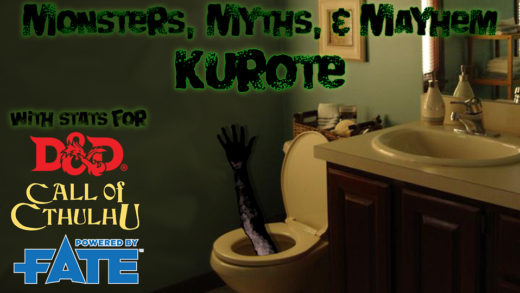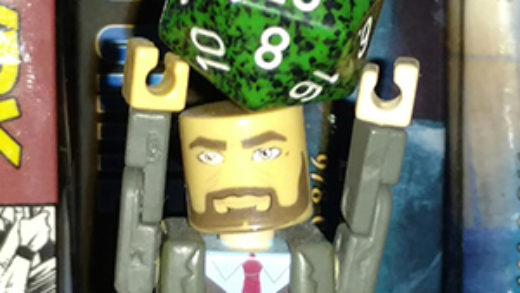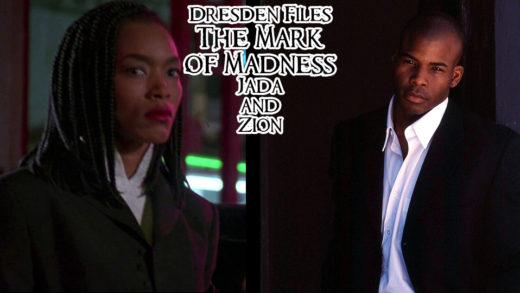I recently dealt with some writer’s block on this site and with no arsenal of pre-written articles, missed a week in column-writing. This made me think about how important having a buffer was; not only for articles but also when running a campaign. And if having a planned adventure is important, than certainly the pacing of a campaign goes hand-in-hand.
The type of pacing used for a game largely depends on the type of campaign and group style. I think of game pace like I do the other types of entertainment I consume: movies, TV, and books. The average game session lasts 4 hours, so the analogy isn’t perfect, but it does work in terms of how the game is structured.
Movie Pacing
Movie pacing is equivalent to a “one-shot” game or a campaign made up of completely separate adventures with few to no ties from session to session. With movie pacing, GMs should have the session well-plotted and players should remain fairly focused towards the game. This style of gaming is good for “serious” gamers (ones who typically don’t stray from being in character often) who may also have difficult schedules and allows for often-changing groups. As a GM, I often use this style of pacing for Call of Cthulhu and Shadowrun; in which the players may remain the same but the adventures are not connected and, in some cases, playing different characters.
TV Pacing
Like movie pacing, TV pacing typically encapsulates each adventure into a single session, but makes allowances for the occasional “2-part” session. TV pacing also allows an overall arc to be woven throughout individual sessions. Sessions are typically still plotted, but allow for a little more leeway. There’s typically little less pressure that an adventure be completed that night, so long as the majority of players can make it to the next game, but players are still more encouraged to remain in character, so any multi-session adventures not have suddenly missing characters or GM’ed PCs. This is my typical style of campaign-running as a GM; the majority of my Fate, In Nomine, and GURPS games follow this structure.
Book Pacing
Book pacing is slow and, often allows for more impromptu plots or out-of-character antics. This is also the typical pace of most “dungeon crawl” games, as players deal with mapping, traps, and combat. This style of pacing is best for groups who can gather regularly and consistently, as a given adventure can take multiple sessions to complete. Each overall adventure is often fairly self-contained and players may change (or change characters) after an adventure is complete. Given my schedule and the calendars of my friends, I rarely run or participate in book pacing games. The last style of session I played with this pacing was in 2004-2005 during my friend Ed’s HackMaster campaign (you can read his recounts of the sessions in the Hack for More column on RPG.net). While dungeon-delving and combat isn’t a high priority in my games, this is a style I’d like to return to someday, as it allows for more nuanced character play and can be a slower-paced game.
The Epic Series
The epic series combines TV and book pacing. With an epic, each adventure can take multiple sessions and each adventure ties into the next. This is the classic “campaign” of RPGs and requires dedicated players who often meet weekly (or more often) for year(s). This can be a rewarding, if difficult type of pacing to manage, given the time and consistency requirements. I’ve not been involved in an epic style of pacing since I worked retail and had a gaming group that gathered four out of seven nights of the week to game.
The Buffer
Regardless of the pacing used by the group, it’s always good for a GM to have a spare adventure in their metaphorical back pocket, be it home-crafted or purchased and read beforehand. The buffer episode needn’t just be a fall-back “I didn’t have time to prepare” adventure, it can also be used as way to focus on character interaction between adventures or, if using TV or epic pacing, a “breather” before things get intense. As a GM I like the buffer to be the “silly” adventure or a night when the characters sit around their favorite bar/tavern/clubhouse recounting prior adventures and getting to know each other better. These have the added benefit of allowing the players to invest and shape their characters further.



Recent Comments